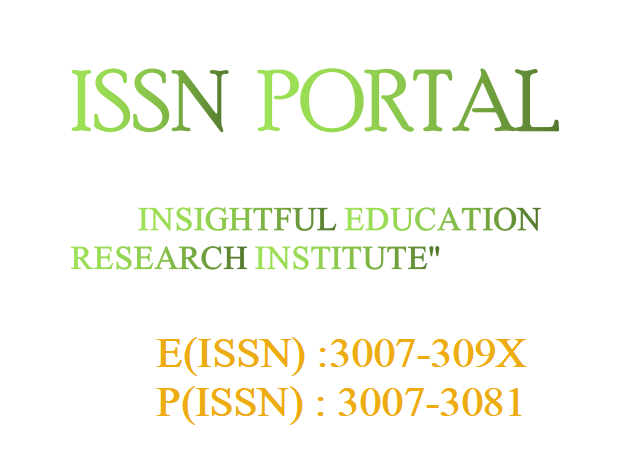FREQUENCY AND FACTORS LEADING TO PRETERM LABOUR IN PREGNANT WOMEN
DOI:
https://doi.org/10.62019/2da6e331Keywords:
Preterm Labour, Risk Factors, Anemia, Premature Rupture of Membranes (PROM), Urinary Tract Infection (UTI)Abstract
Objective:
To determine the frequency and associated risk factors leading to preterm labour in pregnant women presenting to a tertiary care hospital.
Methodology:
This descriptive cross-sectional study was conducted at the Department of Obstetrics and Gynaecology, Jinnah Postgraduate Medical Centre (JPMC), Karachi, over a duration of six months after approval from CPSP. A total of 120 pregnant women aged between 18 and 40 years with a gestational age of 22 to less than 37 weeks were included through non-probability consecutive sampling. Women with unsure dates, intrauterine death, or post-dated pregnancies were excluded. Data were collected on structured proformas. Risk factors such as urinary tract infection (UTI), premature rupture of membranes (PROM), pregnancy-induced hypertension (PIH), gestational diabetes mellitus (GDM), anemia, antepartum hemorrhage (APH), polyhydramnios, and multiple pregnancy were assessed. Data were analyzed using SPSS version 21.0. Frequencies and percentages were calculated for categorical variables, while means and standard deviations were used for continuous variables.
Results:
Among the 120 participants, the most common risk factor identified was anemia (33.3%), followed by PROM (25.0%), and UTI (20.8%). Other observed factors included PIH (15.0%), APH (10.0%), GDM (8.3%), multiple pregnancy (5.0%), and polyhydramnios (4.2%). Most women were unbooked and belonged to lower socio-economic groups. The results demonstrated a significant burden of modifiable risk factors contributing to preterm labour.
Conclusion:
Preterm labour is significantly associated with preventable and manageable maternal conditions, particularly anemia, PROM, and UTI. Early identification and treatment of these risk factors through improved antenatal care and maternal health education can play a vital role in reducing the incidence of preterm births. Implementation of targeted preventive strategies is recommended to improve maternal and neonatal outcomes in resource-limited settings.







